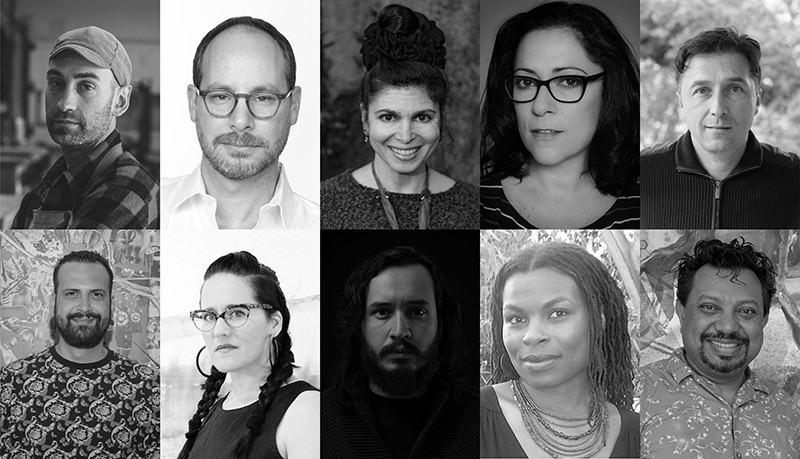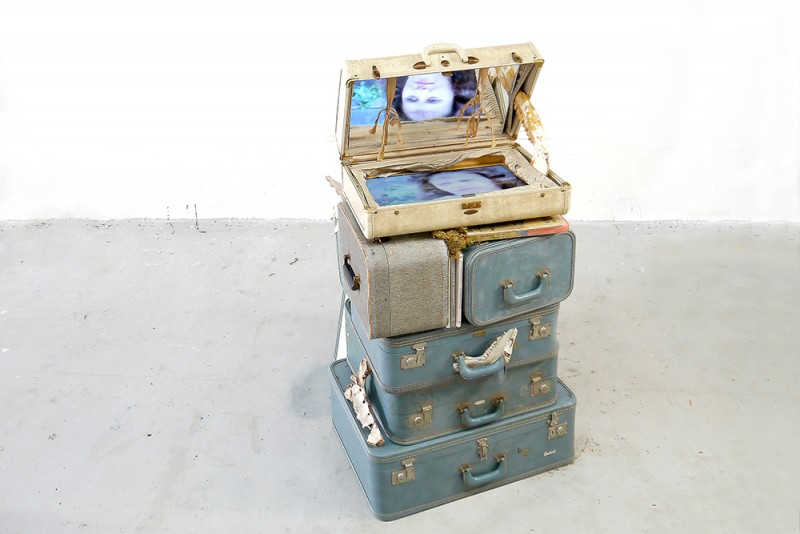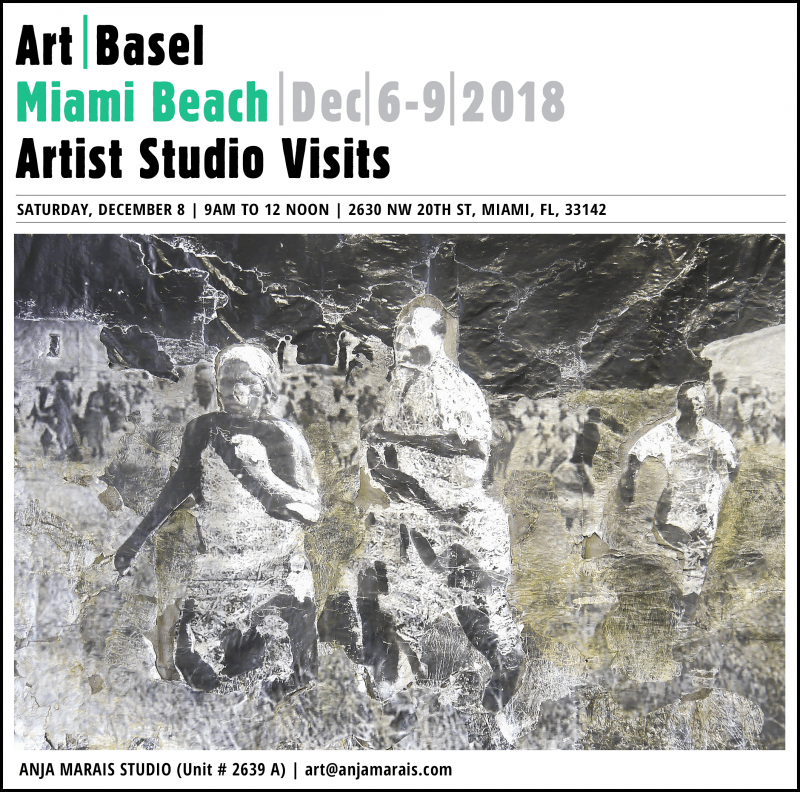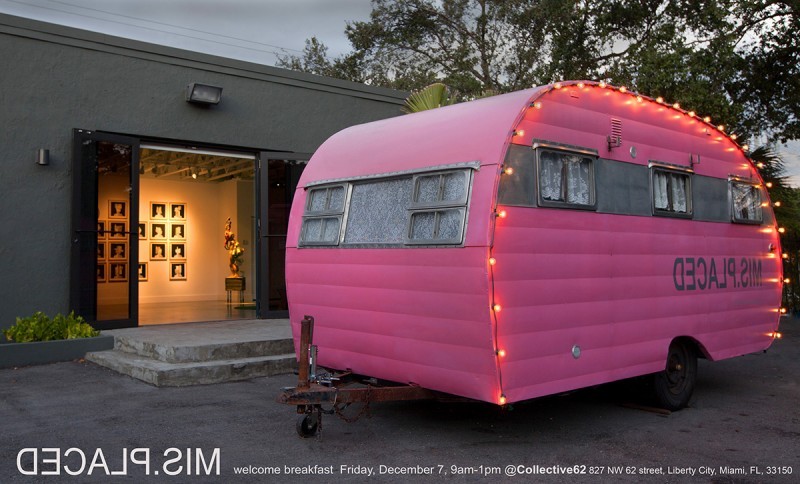Florida Prize in Contemporary Art 2019 Finalists
2019 ARTISTS ANNOUNCED:
THE ORLANDO MUSEUM OF ART
FLORIDA PRIZE IN CONTEMPORARY ART ORLANDO, April 9th, 2019 – The Orlando Museum of Art is thrilled to announce the artists for the 2019 Florida Prize in Contemporary Art: Robert Aiosa, Joe Fig, Lilian Garcia-Roig, Lola Gómez, Amer Kobaslija, Pepe Mar, Anja Marais, Edison Peñafiel, Vickie Pierre, and Sri Prabha.

Each artist featured in this exhibition will be represented by a recent or site-specific body of work that provides an in-depth view of their practice. One artist will be selected to receive the $20,000 award which has been made possible by the generous support of Gail and Michael Winn. “The Florida Prize in Contemporary Art is an opportunity to discover artists who are expressing ideas relevant to our time in new and visually exciting ways,” said Glen Gentele, Director & CEO.
Organized and curated by the Orlando Museum of Art (OMA), the Florida Prize exhibition brings new recognition to the state’s most compelling and progressive artists. Artists range from emerging to mid-career, and each is engaged in exploring significant issues of contemporary art and society in original and visually exciting ways. In all cases, they are artists whose achievements are marked by a record of notable exhibitions and awards. “Now in its sixth year, the Florida Prize in Contemporary Art has consistently demonstrated the depth of important work being done by artists throughout the State,” said Hansen Mulford, Senior Curator at the Orlando Museum of Art.
The exhibition presents artists working in a wide variety of media including painting, sculpture, photography and immersive installations with each advancing their practice in innovative directions. Issues addressed by these artists are diverse, exploring such topics as the architecture of home, Florida’s threatened environment, the overdose epidemic in Central Florida, the refugee’s journey, the artist’s studio as a portrait of the artist and the technology of transcendental experience. “Woven through this year’s show is a connecting thread that seems to touch upon the notion of humanity. Some artists open a dialogue about latent tensions or actual clashes, and others provide an escape” says Associate Curator, Coralie Claeysen-Gleyzon.
The exhibition Opening Preview Party will be on May 31st, 2019. The VIP hour is 6-7pm and General Admission is 7-10pm. The ticketed event will feature a sampling of the culinary artistry of Orlando’s most sensational restaurants and caterers sponsoring the event, each offering dishes inspired by the 10 Florida Prize artists. Guests can also enjoy beer, wine and specialty cocktails from our beverage sponsors, mingle with the artists, listen to great live music, explore the exhibition and create the best social/cultural mix to be experienced in the state.
The artist selected to receive the Florida Prize will be announced at the opening night party. Guests will have the opportunity to cast a “People’s Choice” vote for their favorite artist which is sponsored by Corkcicle. For more information on the Florida Prize in Contemporary Art, the artists, our sponsors and the Opening Preview Party, please visit www.omart.org. Funds from the event will support the Florida Prize exhibition.



